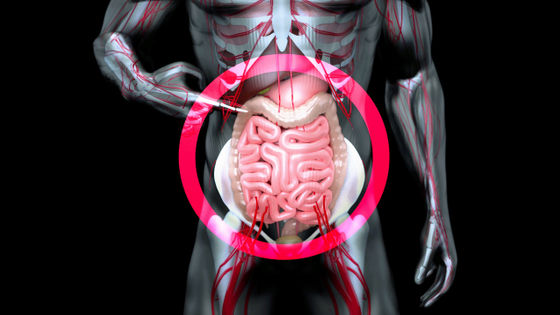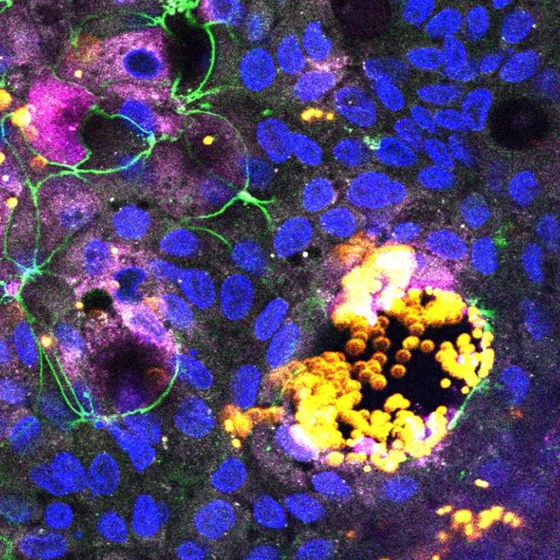Finally, the danger of microplastics is revealed, experimental results that inflammation that causes serious damage to the human intestine occurs

Microplastics, which are finely crushed plastic particles, have been found in various parts of the body, such as
Biological effects of polystyrene micro- and nano-plastics on human intestinal organoid-derived epithelial tissue models without and with M cells - ScienceDirect
https://doi.org/10.1016/j.nano.2023.102680
What Microplastics Might Be Doing to Our Intestines | Tufts Now
https://now.tufts.edu/2023/06/09/what-microplastics-might-be-doing-our-intestines
Microplastics May Pose a Serious Danger to The Intestine : ScienceAlert
https://www.sciencealert.com/microplastics-may-pose-a-serious-danger-to-the-intestine
Microplastics exist everywhere from urban air and sea to polar ice fields, and people inhale and swallow microplastics every day. In order to investigate the effects of this microplastic on the human body, the research team of Mr. Ying Chen et al. I was.

The research team first differentiated stem cells taken from different organoids into various cells of the intestinal wall, recapitulating the complex functions of the intestine, such as nutrient absorption, mucus secretion, hormone production, and inflammatory response. I created a model.
Because many of the organ models used in these experiments are single clumps of cells that may not show a natural response or are made from cancer cells, Chen said, It's progress.'
After exposing the intestinal tract model to plastic particles
Below is a picture showing the state of the experiment, in which the microplastic particles are colored yellow, the M cells are purple, and the cell nuclei of intestinal cells are blue.

Experiments have determined that the intestinal model was damaged only when microfolded cells were present and the concentration of small plastic particles was high. It suggests the possibility of contributing to
Furthermore, we found that organoids released

Co-author David Kaplan of Tufts University said: 'The results of this study suggest that using human cell organoids can better characterize the potential toxicity of microplastics, nanoplastics, and particles in general in the environment. The potential impact is even greater, as these tiny particles can be sources and vehicles for chemicals and other pollutants in the environment. will be,' he said.
Related Posts:
in Science, Posted by log1l_ks







